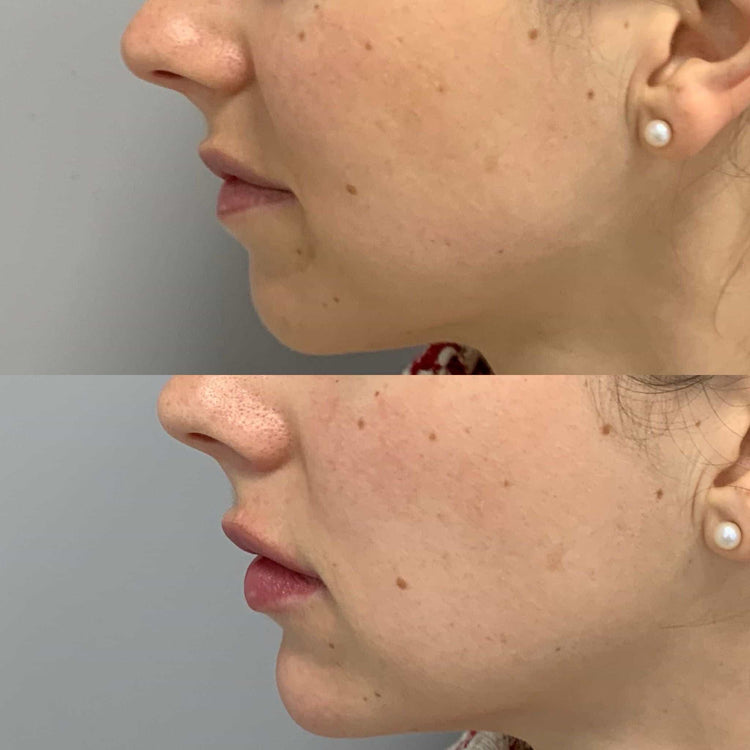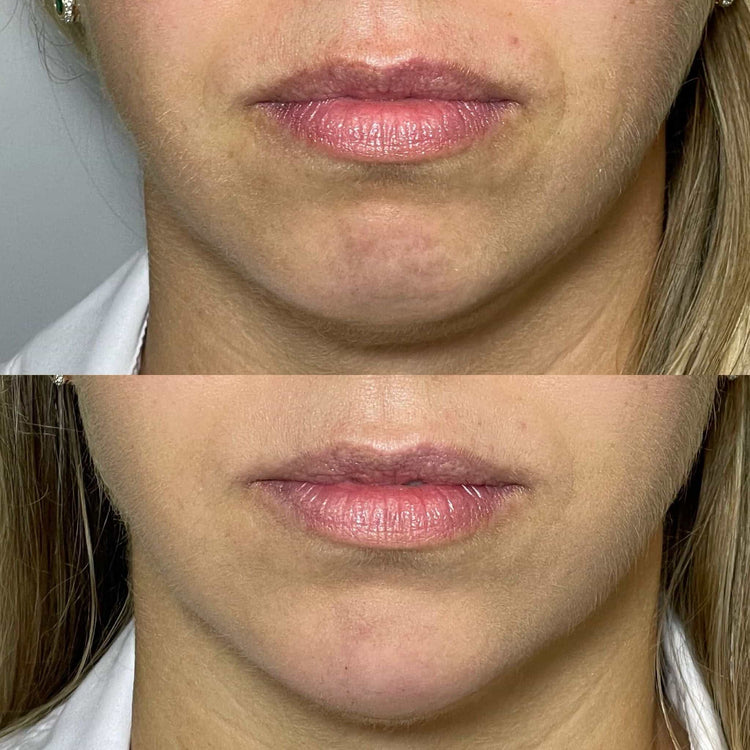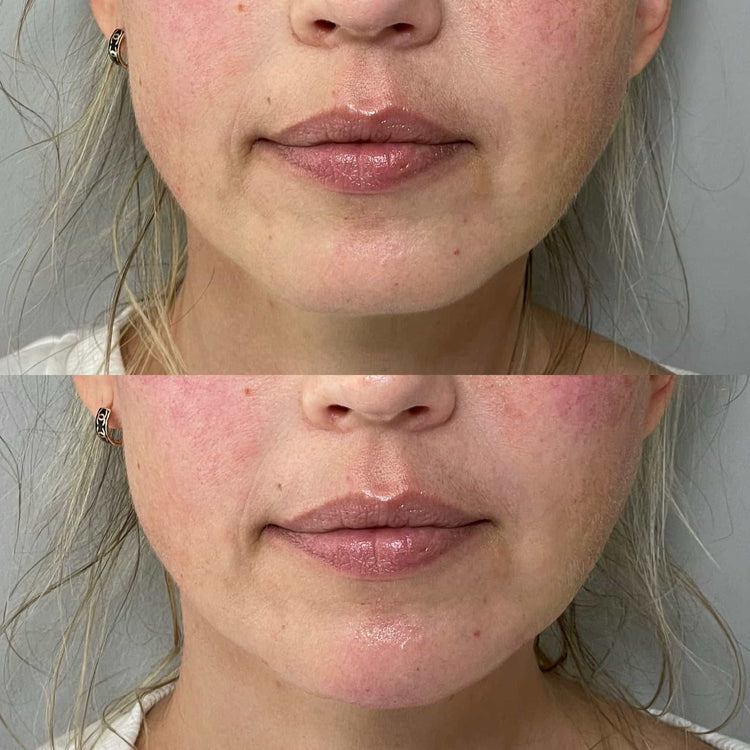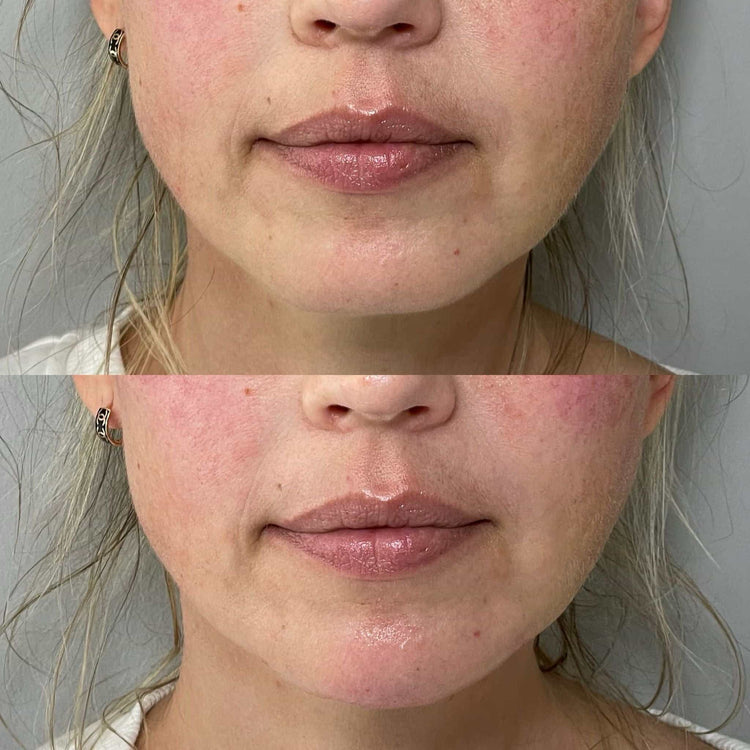Understanding Facial Volume Loss
As we age, our faces naturally lose volume, leading to a less youthful appearance. This loss often manifests as hollows under the eyes and a flattening of the cheeks, contributing to visible signs of aging. Understanding facial volume loss is crucial for anyone considering solutions like midface and cheek volume restoration.
Causes of Midface and Cheek Volume Decline

The primary cause of midface and cheek volume decline is the reduction in fat cells naturally present in these areas. This natural process accelerates as we age, primarily due to the breakdown of collagen and elastin – proteins responsible for skin’s firmness and elasticity. Other contributing factors include sun damage, genetics, and lifestyle choices like smoking.
Signs of Age-Related Changes in the Face
As we age, our faces naturally lose volume, leading to a less youthful appearance. This loss often manifests as hollows under the eyes and a flattening of the cheeks, contributing to visible signs of aging. Understanding facial volume loss is crucial for anyone considering solutions like midface and cheek volume restoration.
The primary cause of midface and cheek volume decline is the reduction in fat cells naturally present in these areas. This natural process accelerates as we age, primarily due to the breakdown of collagen and elastin – proteins responsible for skin’s firmness and elasticity. Other contributing factors include sun damage, genetics, and lifestyle choices like smoking.
Midface & Cheek Augmentation Options
Midface and cheek augmentation are popular cosmetic procedures designed to restore youthful volume and contour to the face. As we age, natural volume loss in these areas can lead to a sunken appearance, emphasizing wrinkles and making us look older. Fortunately, a range of options exist to combat this decline.
Dermal Fillers: Types, Benefits, and Considerations
Dermal fillers offer a popular and effective way to restore lost volume to the midface and cheeks. These injectable gels are made from various substances, including hyaluronic acid (HA), which is naturally found in the body and attracts water, plumping up the skin.
Hyaluronic acid fillers are particularly versatile and can be used to address a variety of concerns, such as nasolabial folds, marionette lines, and thin lips. They also effectively add volume to cheeks, creating a more youthful and sculpted appearance. Calcium hydroxylapatite (CaHA) is another type of dermal filler that offers long-lasting results.
The benefits of dermal fillers for midface and cheek augmentation include a minimally invasive procedure, quick recovery time, and natural-looking results. Treatments are relatively painless, with numbing cream applied beforehand. Results are often visible immediately and can last anywhere from six months to several years, depending on the type of filler used and individual factors.

Before opting for dermal fillers, it’s important to consult with a qualified and experienced injector. They will assess your facial structure, skin type, and desired outcome to determine the most appropriate treatment plan. Discuss any concerns or questions you may have about potential side effects, risks, and aftercare instructions.

Facial Implants: Materials, Placement, and Results
Facial implants are another option for those seeking more permanent midface and cheek augmentation. These surgically placed devices can add significant volume and definition to these areas. Materials used for facial implants vary, with silicone being the most common due to its biocompatibility, durability, and ability to sculpt complex shapes.
Placement of facial implants is a surgical procedure performed by a qualified plastic surgeon. Implants are typically positioned beneath the skin and tailored to the individual’s anatomy for natural-looking results. The recovery period after facial implant surgery typically involves swelling and bruising, which gradually subside over several weeks. During this time, patients may need to avoid strenuous activity and follow specific aftercare instructions provided by their surgeon.
Facial implants can provide long-lasting results, often lasting for many years or even a lifetime. They offer a more definitive solution compared to dermal fillers, which gradually break down over time. However, it’s important to remember that surgery carries inherent risks and requires careful consideration before making a decision.
Fat Transfer: Advantages, Process, and Recovery
Fat transfer is a procedure that utilizes the patient’s own fat to augment the midface and cheeks. It involves harvesting fat from areas of the body with excess fat, typically the abdomen, thighs, or buttocks, and then transferring it to the desired facial regions.
The advantages of fat transfer for midface and cheek augmentation are numerous. It utilizes natural tissue, reducing the risk of allergic reactions or rejection. Fat can also stimulate collagen production, leading to improved skin quality and a more youthful appearance over time. Furthermore, fat transfer addresses both volume loss and contour concerns.
The process typically begins with liposuction to remove excess fat from the donor site. The harvested fat is then purified and prepared for injection into the midface and cheek areas. A skilled injector will carefully place the fat to achieve natural-looking contours and enhance facial volume.
Recovery from fat transfer is relatively straightforward, although some swelling and bruising are common in the days following the procedure. Most patients can return to their normal activities within a few days. It’s important to follow your surgeon’s aftercare instructions carefully to ensure proper healing and optimal results.
Choosing a Qualified Practitioner

Choosing a qualified practitioner is paramount when considering midface and cheek volume restoration in Epsom, Surrey. The chosen professional should have extensive experience with the specific techniques being considered, such as dermal fillers, facial implants, or fat transfer.
Experience and Expertise in Facial Aesthetics
Look for practitioners who are board-certified by reputable organizations and maintain active membership in professional societies related to cosmetic surgery or dermatology. Checking online reviews and testimonials from previous patients can also provide valuable insights into the practitioner’s skill, professionalism, and patient satisfaction.

During your consultation, ask about the practitioner’s training, experience, and approach to facial aesthetics. Inquire about their understanding of facial anatomy and their ability to tailor treatment plans to individual needs. A skilled practitioner will listen attentively to your concerns, discuss realistic expectations, and provide clear explanations of the procedures involved.
Consultation Process and Expectations
Understanding the consultation process is crucial for making informed decisions about midface and cheek volume restoration. During this meeting, you’ll have the opportunity to discuss your aesthetic goals, concerns, and medical history with the practitioner.
Be prepared to share detailed information about your desired outcome, any previous cosmetic treatments, and medications or supplements you are currently taking. The practitioner will examine your face, considering facial symmetry, bone structure, skin texture, and existing volume. Based on this assessment, they will recommend suitable treatment options, explain the procedures involved, and discuss potential risks and benefits.
It’s essential to ask questions throughout the consultation to ensure you fully understand the proposed treatment plan. Clarify any uncertainties about the procedure itself, recovery time, potential side effects, and expected results. Don’t hesitate to express your concerns or if something feels unclear.
A reputable practitioner will prioritize your comfort and safety by providing thorough explanations, answering all your questions patiently, and ensuring you feel confident in making an informed decision.
Having realistic expectations is key to a positive experience with midface and cheek volume restoration. Understand that results vary based on individual factors like age, skin elasticity, lifestyle choices, and the chosen treatment method.
While these procedures can significantly improve facial appearance, it’s important to remember that they cannot completely halt the natural aging process or achieve unrealistic transformations.
Patient Reviews and Testimonials
Choosing a qualified practitioner is paramount when considering midface and cheek volume restoration in Epsom, Surrey. The chosen professional should have extensive experience with the specific techniques being considered, such as dermal fillers, facial implants, or fat transfer. Look for practitioners who are board-certified by reputable organizations and maintain active membership in professional societies related to cosmetic surgery or dermatology. Checking online reviews and testimonials from previous patients can also provide valuable insights into the practitioner’s skill, professionalism, and patient satisfaction.

During your consultation, ask about the practitioner’s training, experience, and approach to facial aesthetics. Inquire about their understanding of facial anatomy and their ability to tailor treatment plans to individual needs. A skilled practitioner will listen attentively to your concerns, discuss realistic expectations, and provide clear explanations of the procedures involved.
The Procedure Itself
The Procedure Itself: Midface and cheek volume restoration is a popular cosmetic procedure designed to counteract the natural loss of facial volume that occurs with aging. This can result in a sunken appearance, emphasizing wrinkles and making individuals look older.
Preparation and Anesthesia
The primary goal is to restore youthful contours and fullness to the midface and cheeks.
- Dermal Fillers: Injectable gels made of substances like hyaluronic acid are used to plump up the skin, adding volume and smoothing wrinkles.
- Facial Implants: Surgically placed devices, often made of silicone, provide more permanent volume augmentation.
- Fat Transfer: The patient’s own fat is harvested from another area (like the abdomen) and transferred to the cheeks, providing both volume and stimulating collagen production.
Preparation for any procedure involves a consultation with a qualified practitioner. During this appointment, your medical history, desired outcomes, and suitability for different procedures will be discussed. Specific instructions may include avoiding certain medications or supplements beforehand.
Anesthesia varies depending on the chosen method.
- Dermal fillers: Local anesthesia is typically used to numb the injection site.
- Facial implants: General anesthesia is usually administered for surgical placement of the implants.
- Fat transfer: Local or general anesthesia may be used depending on the extent of the procedure.
Treatment Time and Aftercare Instructions
The Procedure Itself: Midface and cheek volume restoration is a popular cosmetic procedure designed to counteract the natural loss of facial volume that occurs with aging. This can result in a sunken appearance, emphasizing wrinkles and making individuals look older. The primary goal is to restore youthful contours and fullness to the midface and cheeks.
There are three main methods: Dermal fillers: Injectable gels made of substances like hyaluronic acid are used to plump up the skin, adding volume and smoothing wrinkles. Facial implants: Surgically placed devices, often made of silicone, provide more permanent volume augmentation. Fat transfer: The patient’s own fat is harvested from another area (like the abdomen) and transferred to the cheeks, providing both volume and stimulating collagen production.
Preparation for any procedure involves a consultation with a qualified practitioner. During this appointment, your medical history, desired outcomes, and suitability for different procedures will be discussed. Specific instructions may include avoiding certain medications or supplements beforehand. Anesthesia varies depending on the chosen method. Dermal fillers: Local anesthesia is typically used to numb the injection site. Facial implants: General anesthesia is usually administered for surgical placement of the implants. Fat transfer: Local or general anesthesia may be used depending on the extent of the procedure.
Treatment Time:
* **Dermal Fillers:** Typically takes less than an hour, with immediate results visible.
* **Facial Implants:** Surgical procedure taking several hours in an operating room; recovery time is longer, with swelling subsiding over several weeks.
* **Fat Transfer:** Can take several hours as it involves both liposuction and fat injection procedures; recovery time is moderate, with some bruising and swelling expected.
Aftercare Instructions: After any midface and cheek augmentation procedure, aftercare instructions are crucial for optimal healing and results. These typically include:
* **Rest:** Allow sufficient time for your body to recover, avoiding strenuous activity.
* **Ice Packs:** Use ice packs periodically to reduce swelling and discomfort.
* **Compression:** May be recommended to minimize swelling, depending on the procedure.
* **Medications:** Follow prescribed pain relievers or antibiotics as directed.
* **Sun Protection:** Protect your skin from the sun with sunscreen and avoid excessive sun exposure during healing.
* **Avoid Touching or Rubbing:** Resist the urge to touch or rub treated areas, which can disrupt healing.
Follow-up Appointments: Schedule follow-up appointments as instructed by your practitioner to monitor healing progress, address any concerns, and ensure optimal results.
Recovery and Expected Results
Understanding the aging process of our faces is key to considering solutions like midface and cheek volume restoration. As we age, facial volume naturally diminishes, often resulting in a less youthful appearance characterized by hollows under the eyes and flattened cheeks.
The decline in facial volume is primarily due to the reduction of fat cells and a decrease in collagen and elastin production – the proteins responsible for skin firmness and elasticity. Other contributing factors include sun damage, genetics, and lifestyle choices. Luckily, various techniques can restore lost volume, leading to a more youthful and rejuvenated appearance.
Initial Swelling and Bruising
Recovery after midface and cheek augmentation varies depending on the chosen method.
Dermal fillers generally have the shortest recovery time, with minimal downtime required. Most individuals can resume normal activities immediately or within a day or two.
Facial implants require a longer recovery period, typically involving swelling and bruising that subsides gradually over several weeks. It’s essential to follow your surgeon’s instructions regarding activity restrictions and wound care during this time.
Fat transfer also involves a moderate recovery period, with some bruising and swelling expected for a week or two.
Expected results from midface and cheek augmentation are noticeable shortly after the procedure, although final outcomes may take several weeks to fully develop.
Dermal fillers typically deliver immediate results that can last anywhere from six months to several years, depending on the type of filler used.
Facial implants provide long-lasting or permanent volume augmentation. Fat transfer often offers a natural-looking enhancement with potential benefits beyond just volume restoration, such as collagen stimulation and improved skin quality.
Initial swelling and bruising are common after any midface and cheek augmentation procedure. The severity and duration vary depending on the individual and the chosen method.
Swelling usually peaks within a few days and gradually subsides over the following weeks.
Bruising may take longer to resolve, typically fading away within two to three weeks.
It’s important to follow your practitioner’s aftercare instructions carefully to minimize swelling, bruising, and the risk of complications.
Long-Term Benefits of Midface Enhancement
Recovery time for midface and cheek augmentation varies depending on the method used.
Dermal fillers typically involve minimal downtime, with most individuals resuming normal activities immediately or within a day or two. Facial implants require a longer recovery period, usually several weeks, as swelling and bruising subside gradually. Fat transfer falls somewhere in between, with some bruising and swelling expected for about a week or two.
Expected results from midface and cheek augmentation are noticeable shortly after the procedure, though final outcomes may take several weeks to fully develop. Dermal fillers provide immediate results that can last anywhere from six months to several years, depending on the type of filler used. Facial implants offer long-lasting or permanent volume enhancement. Fat transfer often delivers a natural-looking improvement with potential benefits beyond just volume restoration, such as collagen stimulation and enhanced skin quality.
The long-term benefits of midface and cheek augmentation include:
- Restoration of Youthful Volume:** These procedures can effectively restore lost facial volume, giving a more youthful and sculpted appearance.
- Improved Facial Contour:** Enhancing the cheeks and midface can create more defined contours, minimizing the appearance of hollows or sagging.
- Reduction in Wrinkles and Fine Lines: Adding volume to these areas can smooth out wrinkles and fine lines that develop with age.
- Increased Self-Confidence:** Many patients report a boost in self-esteem and confidence after achieving a more youthful appearance.
- Long-Lasting Results (For Some Procedures): Facial implants and fat transfer often provide lasting or permanent results, while dermal fillers require repeated treatments to maintain their effects.
It’s important to consult with a qualified practitioner to discuss your individual goals, expectations, and suitability for different treatment options. They can help you determine the most appropriate approach to achieve natural-looking and long-lasting results.
Maintenance and Follow-Up Appointments
Understanding the aging process of our faces is key to considering solutions like midface and cheek volume restoration. As we age, facial volume naturally diminishes, often resulting in a less youthful appearance characterized by hollows under the eyes and flattened cheeks.
The decline in facial volume is primarily due to the reduction of fat cells and a decrease in collagen and elastin production – the proteins responsible for skin firmness and elasticity. Other contributing factors include sun damage, genetics, and lifestyle choices. Luckily, various techniques can restore lost volume, leading to a more youthful and rejuvenated appearance.
Maintenance appointments are an important part of achieving long-lasting results with midface and cheek augmentation. The frequency of these follow-up visits will depend on the chosen treatment method:
- Dermal Fillers: Maintenance appointments typically occur every 6-18 months, depending on the type of filler used and individual factors influencing its longevity.
- Facial Implants: Facial implants are generally considered a permanent solution; however, follow-up appointments may be recommended for monitoring implant placement and addressing any concerns.
- Fat Transfer: Follow-up appointments are scheduled periodically to assess the results and address any settling or adjustments needed.
During these maintenance visits, your practitioner will evaluate your facial appearance, address any questions you may have, and determine if additional treatment is necessary to maintain optimal results.
Touch-up Procedures for Lasting Volume
The long-term benefits of midface and cheek augmentation include:
- Restoration of Youthful Volume:** These procedures can effectively restore lost facial volume, giving a more youthful and sculpted appearance.
- Improved Facial Contour:** Enhancing the cheeks and midface can create more defined contours, minimizing the appearance of hollows or sagging.
- Reduction in Wrinkles and Fine Lines: Adding volume to these areas can smooth out wrinkles and fine lines that develop with age.
- Increased Self-Confidence: Many patients report a boost in self-esteem and confidence after achieving a more youthful appearance.
- Long-Lasting Results (For Some Procedures): Facial implants and fat transfer often provide lasting or permanent results, while dermal fillers require repeated treatments to maintain their effects.
It’s important to consult with a qualified practitioner to discuss your individual goals, expectations, and suitability for different treatment options. They can help you determine the most appropriate approach to achieve natural-looking and long-lasting results.
Lifestyle Factors Influencing Results
Lifestyle factors can significantly influence the longevity and effectiveness of midface and cheek augmentation results. Here are some key considerations:
- Sun Protection: Excessive sun exposure can break down collagen and elastin, accelerating skin aging and potentially compromising the long-term results of these procedures. Consistently wearing sunscreen with a high SPF (30 or higher) daily is crucial.
- Healthy Diet:** A diet rich in antioxidants, vitamins, and minerals can support collagen production and overall skin health, contributing to more durable results.
- Hydration: Drinking plenty of water keeps the skin hydrated and plump, helping to maintain its elasticity and potentially enhance the appearance of volume.
- Smoking Cessation: Smoking significantly damages collagen and elastin, hindering wound healing and potentially diminishing the long-term benefits of any cosmetic procedure.
- Alcohol Consumption:** Excessive alcohol intake can dehydrate the skin and contribute to premature aging. Moderating alcohol consumption can help preserve results.
- Skincare Routine: A consistent skincare regimen that includes cleansing, moisturizing, and exfoliation promotes healthy skin cell turnover and helps maintain the appearance of volume.
Learn about the benefits of customized lip fillers with Dr. Laura Geige at It’s Me & You Clinic
- Why Did I Stop Using Fillers After 2 Years? - November 13, 2025
- What Is The Best Non-Surgical Face Lift For 2024? - November 10, 2025
- What Are The Benefits Of Using CBD Infused Gummies Daily - November 7, 2025
